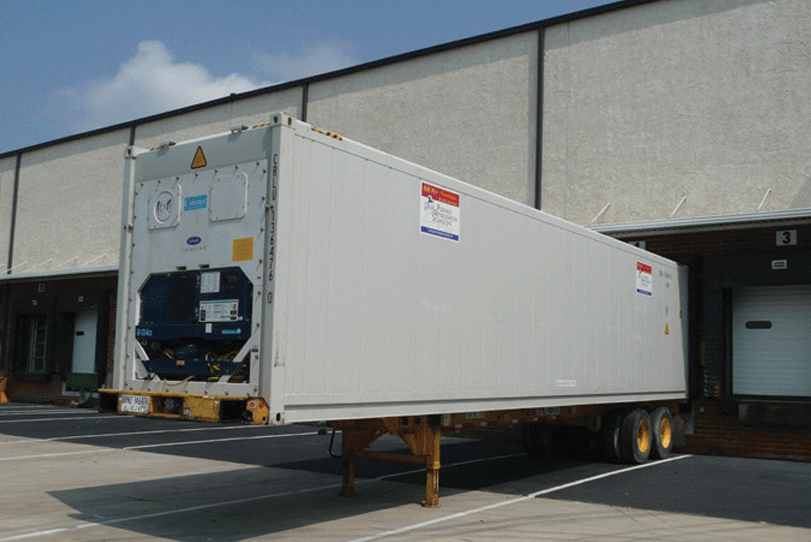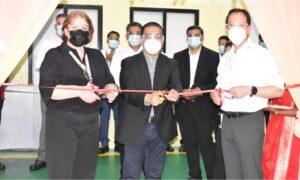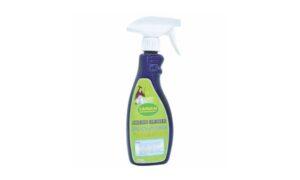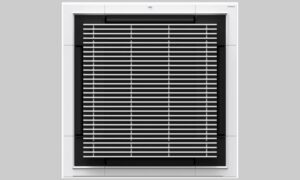Many businesses are undertaking extraordinary measures to ensure that essential goods are still being delivered regularly to shops and end-consumer doorsteps.
Food and many other commodities can be preserved by storing at low temperature, which retards the activities of micro-organisms. These organisms are the spoilage agents and consist of bacteria, yeasts and molds. Low temperature does not destroy those spoilage agents as does high temperature, but it greatly reduces their activities, providing a practical way of preserving perishable foods in their natural state which otherwise is not possible through heating. The prescribed low temperature for preservation depends on the storage time required often referred to as short or long-term shortage and the type of product.
Functional difference between reefer storage and portable or walk-in cold storage
A portable cold storage and a refrigerated container (or reefer container) can both be utilised to store products at a specific temperature. Businesses that need additional on-site cold storage space can benefit from either type of unit. The type of cold storage unit you select will depend on several factors like quantity to be stored and whether the storage will be in boxes, pallets, cases or in shelves. It also depends on the temperature requirement in both the condition, following the power requirement for each.
Explaining the difference, Nitin Goel, CEO, Inficold, says, “One of the primary differences between a reefer storage and portable cold storage is the energy source. Portable containers require grid supply to power the refrigeration unit at a landbased site. On the other hand, reefer storage has dual energy input of inbuilt diesel engine (during movement) and grid electricity (during stationery).
According to CRS Cold Storage, there are different options to transport temperature-sensitive goods safely. Refrigerated trucks or vans are just one of the options available to safeguard the quality of your food while being delivered to the customer. “Gel packs are a cost-effective way to ensure your produce complies with the health and safety regulations in place. The truth is that these eutectic plates, or gel packs as they are commonly known, need to be preconditioned in the right way before they are used – and that’s where the preconditioning blast freezers come to play.”
“Portable cold store is an innovative new solution by the company, which enables manufacturers, distributors and others to store temperature sensitive cargo in their premises. This solution helps customers avoid huge investments in creation of storage space, enabling them to focus their investments and energy into their core business”, says Akash Agarwal, CEO and director, Crystal Logistics Cool Chain Ltd.
Temperature requirement for portable cold storage and reefer storage
The typical temperature range for cold storage is 1o C to 15o C. It covers most of the requirements for horticulture commodities. However, the optimal temperature requirement for maximum shelf life varies with the commodities. “A single temperature is not possible to be recommended for cold storage of all fruits and vegetables. The optimal temperature is typically dependent on the climate of the area where the crop has originated, the season of harvest and crop maturity. In general, cool-season crops should be stored at cooler temperatures, and warm-season crops should be stored at warmer temperatures”, says Goel.
Crystal Logistic Cool Chain Ltd in partnership with Titan Containers, UK has launched an easy to use cold chain solution for the Indian market. The Solution, marketed as “Crystal Titan Containers” are unique portable cold-stores set to operate it brings in wide range of Portable Cold Storage solutions for the temperature ranges between (-) 400 To (+) 300 Centigrade. Agarwal further explains that the temperature may vary as per the size of the container and carriage with a Temperature range – 400 C to +180 C range (subject to model), with a maximum air temperature fluctuation 0.50 C from set point after pull down in most of the models.
“In many cases, refrigerated trucks and vans can’t achieve the temperatures required for adequate freezing, sub -25ºC. Blast Freezers can quickly reach a temperature of up to -4ºC in a +5º0C ambient environment”, says CRS. The temperature can be maintained for long periods of time, ensuring optimal temperature to freeze and transport your products. Having fast and efficient means of preconditioning the freezer plates is essential to maintaining the right standards when home delivering to clients.
Talking about the portable cold storage, Soumalya Mukherjee, Co-founder, Tan90 says “We must note that the temperature has to be reduced and maintained at the designated optimum set point along the whole supply chain. The importance of pre-cooling chambers has to be re-iterated where the temperature of the vegetation is brought down from the farm conditions. Zero-energy evaporative cooling mediated PUSA cold chambers can be constructed at the village level.”
Shifting from conventional cold storage to solar cold storage
The shifting of conventional cold storage to solar cold storage has already started but still in its nascent phase. The solar cold storage has few advantages over an conventional cold storages such as near to zero electricity expenses, possibility of its installation near farm (results in improved quality of commodities, lower land price, aggregation, etc), and complete elimination of diesel generator (results in lower operational expenditure, higher predictability on operating margins, minimise piferages, etc).
However, the capital expenditure of a solar cold storage is typically 1.5 to 2 times higher than a conventional cold storage unit. One of the key challenges in past with solar cold storage units have been the recurring cost incurred in replacement of electric batteries. “New technologies of using phase change materials as a cost effective medium to store energy for non-solar hours has significantly improved the return of investment with such units. It is believed that financing of the asset will assist in defraying the upfront capital cost, and thus improve the market acceptability of solar cold storage units”, Goel added.
Adding to it Mukherjee says “These are not only energy efficient, but are also eco-friendly and could be easily adopted at the farm gate. Solar powered cold storages can also be installed at the farmgate but several strides on the efficiencies on solar cells have to be made to make the product cost effective and energy efficient.”
Post pandemic revival plans
COVID-19 pandemic highlighted the absence of adequate cold storage infrastructure in villages. The supply chain distortion of perishable commodities has hurt farmers to an extent that they are destroying their own crop. The lockdown has impacted daily operations due to un-availability of labor and logistics, which highlights the need of decentralised solar cold storage units in disaster management.
The clients of Inficold’s solar cold storage has been extremely happy with the installations as they have defrayed the risk associated with COVID-19 uncertainties. The government of India has also demarcated `1 lakh crore agricultural infrastructure fund for developing farm gate infrastructure for farmers. The business enquiries at Inficold on solar cold storage has increased by 4 times as compared to pre COVID-19 era. The company has expanded their channel partners in 10 states during last few months. The company now have a dedicated sales and servicing office in Noida and Bangalore. It is also expanding their manufacturing facility by 5 times, and new factory is expected to be completely operational in next 4 months. The company has also started providing a diverse cold chain solution for milk cooling in 150L to 6000L capacity, short term cold storages and long-term cold storages in 5MT to 100MT capacity.
According to CRS, “This should not be a negative factor but an encouragement for everyone to review the internal tools and embrace new solutions that may be more efficient, adaptable and reliable for the future challenges to come within the cold chain industry.”
Many businesses are undertaking extraordinary measures to ensure that essential goods are still being delivered regularly to shops and end-consumer doorsteps. Events that have a very high impact but a very low probability of staying (black swan events) create short-term and long-term consequences. Although these situations are very hard to control and predict, there are some measures that should be considered to plan and mitigate the effects of a crisis like this.
Cookie Consent
We use cookies to personalize your experience. By continuing to visit this website you agree to our Terms & Conditions, Privacy Policy and Cookie Policy.















